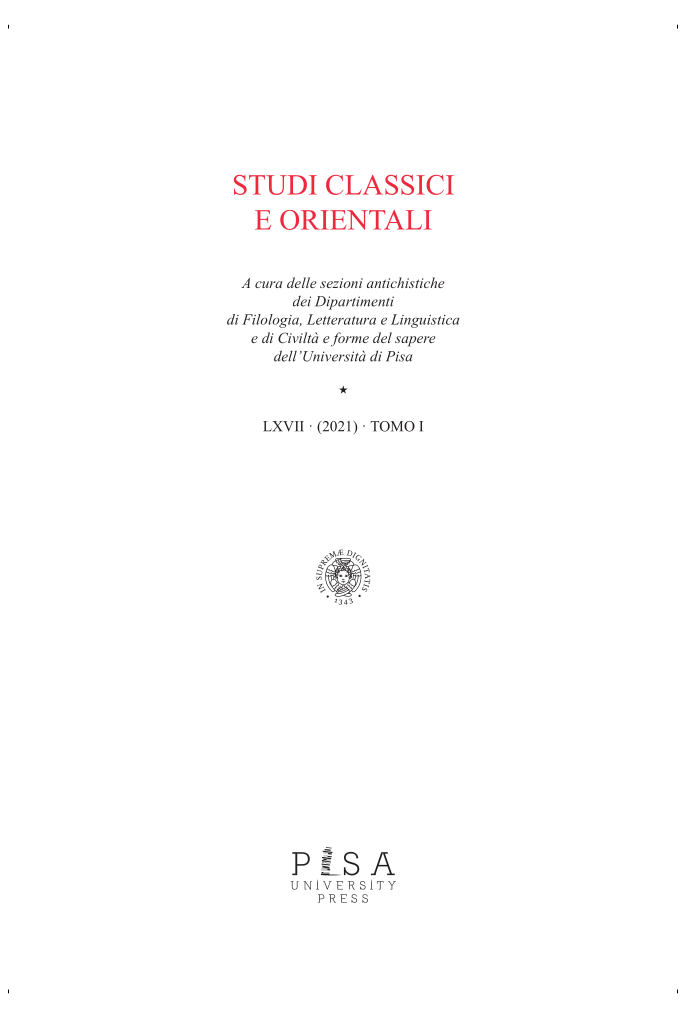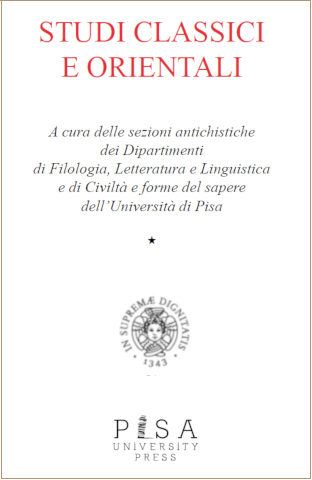Introducing fresh terminology to cognitively explain sentence meaning in the PĀṆINIAN grammatical tradition
Parole chiave:
Sanskrit grammar, Sentence meaning, Śabdasūtra, SaṁgrahaAbstract
Pāṇini’s grammar composed in around 500 BC explains a sentence in Sanskrit in a compositional way. Simultaneously, it presupposes the analysis of the sentence meaning also in a proportionate compositional way. Interestingly, it also explains the sentential accent in a similar, compositional way (Kulkarni et al., Compositionality). Building on this theoretical position, this paper argues that among these three levels there is an interrelation and that the Pāṇinian tradition shows its awareness of this interrelation. The components of a sentence are called padas in Pāṇinian terminology. The components of these padas are of two types: root (prakṛti) and suffix (pratyaya). In the same fashion, the components of the sentence meaning are the meaning of padas (padārthas) and the components of the meaning of padas are the meaning of the root (prakṛtyartha) and the meaning of the suffix (pratyayārtha). In this context, this paper introduces a fresh terminology to deal with the sentence as well as sentence meaning as compositional on the one hand and as one undivided unit on the other.



